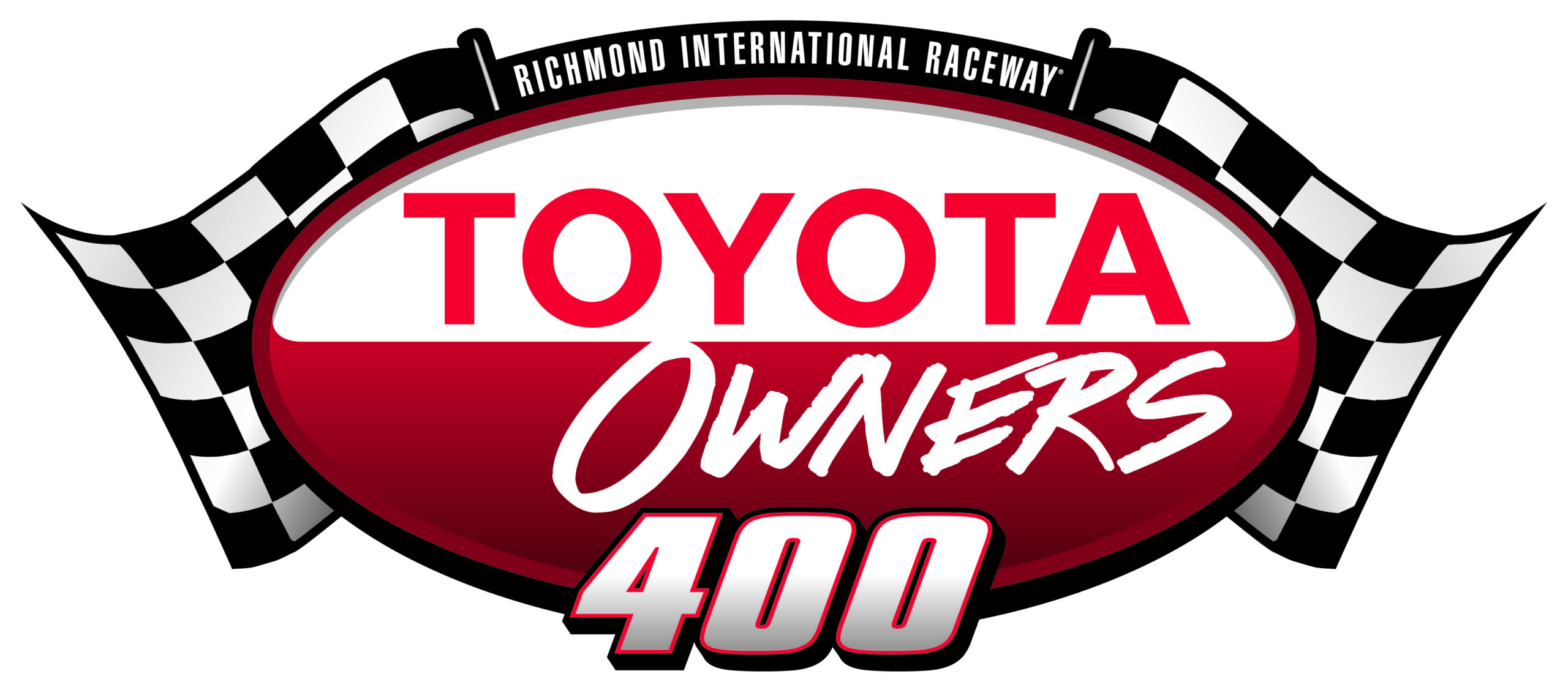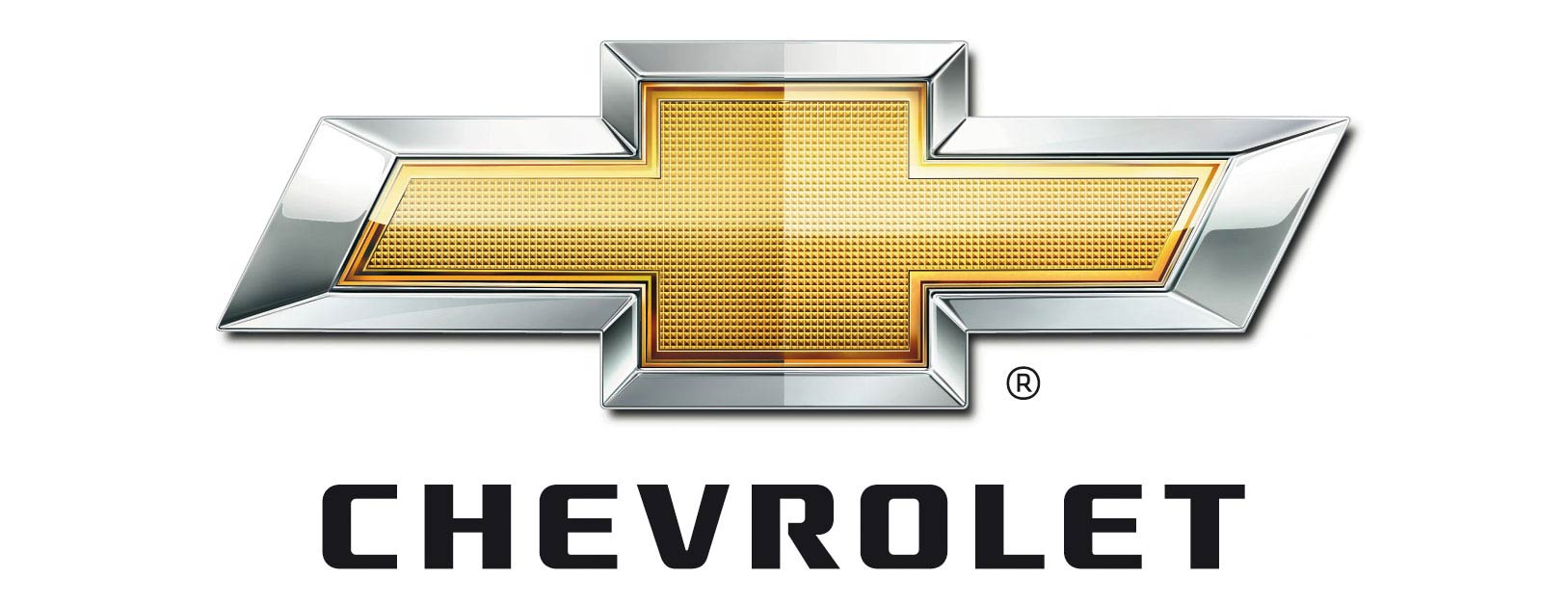I’ve had three days to process the events of Thunder Valley this past Monday and I must ask if the race was honestly as great as everyone is saying.
I sat in the press box in the middle of Turns 3 and 4 to watch the race for about 350 laps. I went down to the infield media center to watch 75 laps, taking about five minutes to get down there from the press box and 20 to 25 laps clicking off in the process, and I watched the final 50 laps outside the deadline room and photographed the cars circling around the .533-mile concrete oval while listening to the radio broadcast of the race.
Everyone around me was saying, “What an awesome race that was!” I, however, was just thinking, “That was just average for Bristol.”
The biggest problem I saw was it was extraordinarily hard to pass a car, especially the leader, on the bottom lane. When a car would catch the leader, the leader would simply jump to the top line in the turns and pull away.
That’s not just me looking too deeply into something either. Kyle Larson admitted after the race Monday that running the bottom wasn’t advantageous.
“It’s hard to keep your momentum up on the bottom, and the bottom seems to be faster here for 20 or 25 laps, and then once you get ‑‑ it seems like 3 and 4 slows down quicker around the bottom,” Larson said. “It slows down quicker than it does in 1 and 2 so you can pop up and run the top there. Yeah, it’s just all about timing that right. In that second stage Joey (Logano) was really close behind me, and I actually beat him to the top of 3 and 4 and started pulling away a little bit and he moved up there, and then the 78 (Martin Truex Jr.) was really good around the bottom. It’s just an awesome racetrack. We have options to move around and makes the racing really competitive and exciting.”
In other words, that VHT substance that was supposed to fix the problem of cars running single-file against the wall didn’t really fix the problem.
I wouldn’t be so hard on this if three weeks earlier I hadn’t covered arguably the best race ever at Martinsville Speedway. Now I know that race also made the outside lane work, but you needed a really strong car to make the outside work and the inside was still far superior.
It worked at Martinsville because of the mix of strategies and the inside being superior. At Bristol Motor Speedway, seeing so many strong cars race different lines and not lose momentum is like watching dirt racing, which I consider overrated.
What made Bristol great was the single-groove racing that forced drivers to put the chrome bumper to the driver in front or out-brake them going into the corners. That’s not possible with progressive banking. The only way we return to the “Bristol of old” is to do away with the progressive banking.
Plus, I’m not a big fan of gimmicks designed solely to “enhance” the racing. Restoring non-variable, 36 degree banking — and yes, I know that figure was also disputed by a number of individuals over the years — back to the high banks of Bristol is a more natural remedy to what Marcus Smith and Jerry Caldwell are trying to accomplish with the VHT.
That’s my view for what it’s worth.









